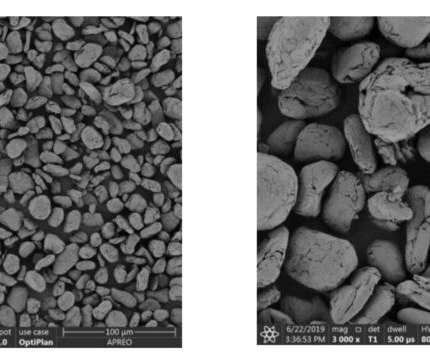French researchers develop sodium-ion battery in 18650 format; performance comparable to Li-ion
Green Car Congress
NOVEMBER 27, 2015
Researchers within the RS2E network on electrochemical energy storage (Réseau sur le stockage électrochimique de l’énergie) in France have developed the first sodium-ion battery in an 18650 format. The main advantage of the prototype is that it relies on sodium, an element far more abundant and less costly than lithium.


























Let's personalize your content